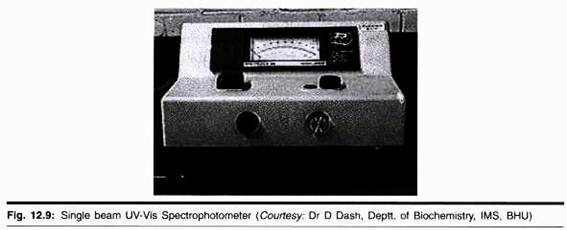ADVERTISEMENTS:
This article throws light upon the two major types of Sulphur Cycle. The types are:- 1. Gaseous Sulphur Cycle 2. Sedimentary Sulphur Cycle.
Sulphur Cycle Type # 1 . Gaseous Sulphur Cycle:
Sulphur enters the atmosphere through bacterial emission (H2S), fossil fuel burning (SO2), wind-blown sea salts (SO 2-4) and volcanic emissions (H2S, SO2, SO2-4).
Most of the sulphur in the form of SO2 or H2S is converted to SO3 which dissolves in water droplets to form sulphuric acid.
ADVERTISEMENTS:
The sulphur cycle is overloaded due to burning of fossil fuels.
As a result, SO2 emitted into the atmosphere constitutes a significant fraction of total global sulphur transport. This increased amount of sulphur is changed to sulphuric acid in rain water causing adverse ecological effects.
Sulphur Cycle Type # 2. Sedimentary Sulphur Cycle:
In sedimentary phase, sulphur tied up in inorganic and organic deposits is released by weathering and decomposition. Sulphur so released as SO2-4 ion is carried to terrestrial and aquatic ecosystems. Sulphate ion is reduced after being absorbed from the soil by plants and bacteria and ultimately incorporated as the sulphydryl group (-SH) in proteins. SO
ADVERTISEMENTS:
Some sulphates are reduced under anaerobic conditions directly to sulphides, H2S or to elemental S by Desulphovibrio bacteria found at ocean bottom. H2S thus produced escapes into the air and replenishes the sulphur lost by precipitation. H2S is also oxidised by O2 to sulphates by bacteria of genus Thiobacillus. Excess of sulphur combines with water resulting in acidic rain.
